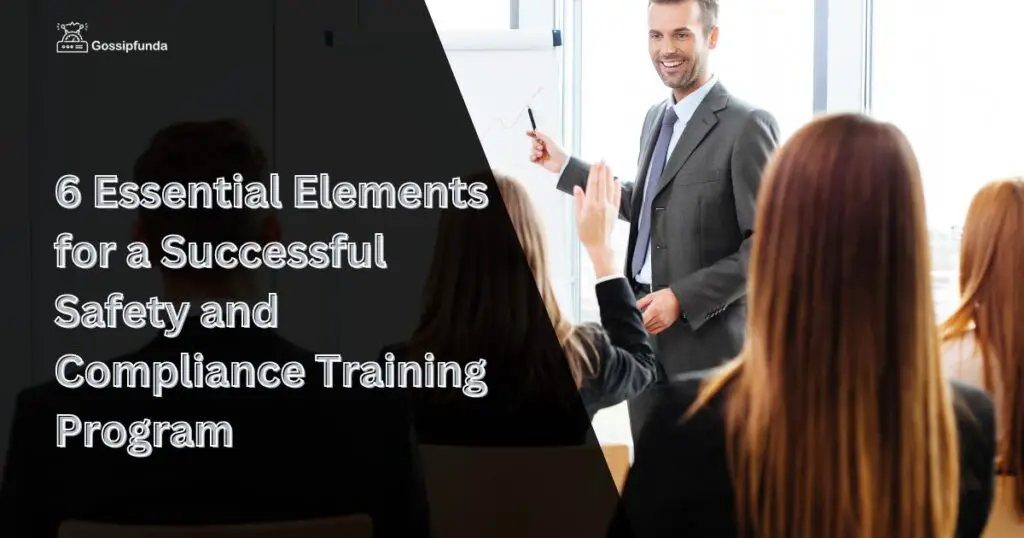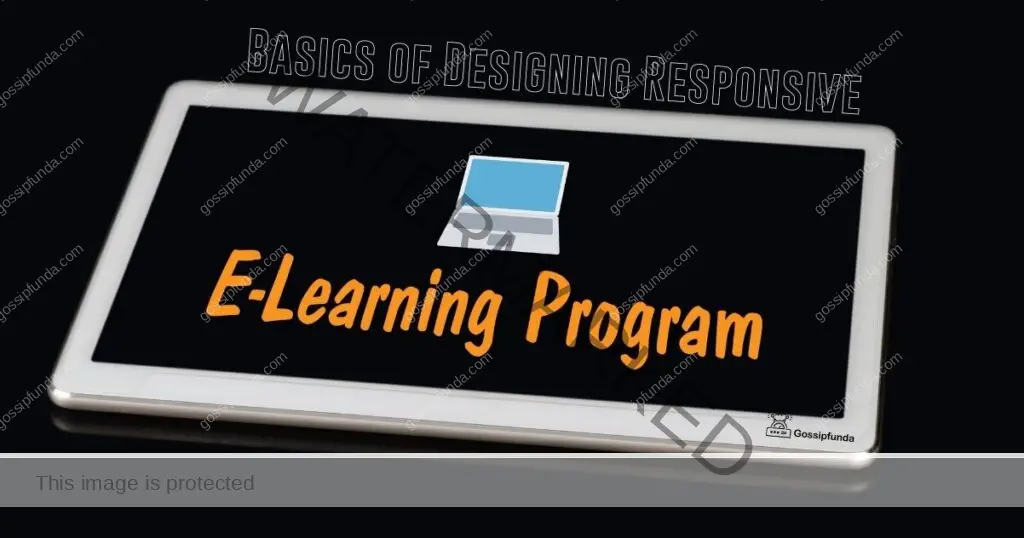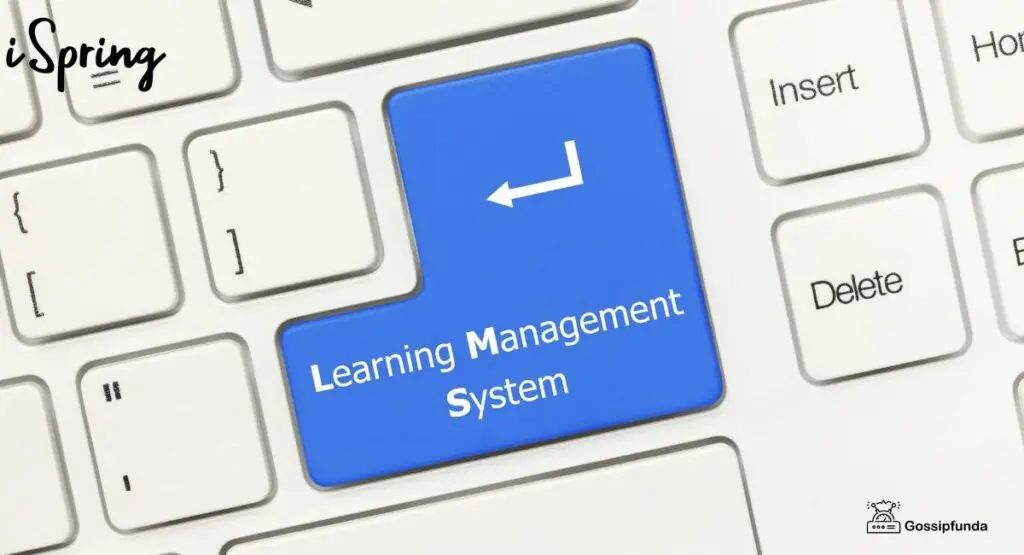It’s no secret that safety and compliance are top priorities for businesses today. But with so many different regulatory requirements, it can take time to figure out where to start. That’s where a successful safety and compliance training program comes in.
In this post, we outline five essential elements that any such program needs to be effective. This will help you create the perfect program for your business.
Have a Comprehensive Training Management Strategy
The first thing you need is a comprehensive training management strategy. This means knowing who needs to be trained, what they need to be trained on, and how often they need to be trained. It’s also essential to have a plan for how you train employees. Are you going to use online courses? In-person training? A mix of both? It would help if you decided what would work best for your business.

For example, if you have a lot of employees who work in different locations, it might be beneficial to have them all attend remote training sessions. You can use the HSI platform to help you manage your training program and track employee compliance.
Invest in Advanced Technology to Deliver Engaging Training Content
Safety and compliance training can be dull and dry. But it doesn’t have to be. Thanks to technological advances, you can create engaging, interactive training content to keep employees’ attention.
You can use LMS with built-in gamification features that will help engage employees and make the training more fun. All this comes with a host of additional benefits, including tracking employee compliance rates and measuring the impact of your training programs.
Design Customized Programs That Address Your unique Workplace Requirements
Some employees need different levels of safety and compliance training. For example, some companies may only need basic awareness training for their employees, while others may require more in-depth information on specific hazards.
It would be best if you designed customized programs that match your business’s specific requirements. This way, you’re sure your employees will be adequately prepared when they must comply with safety and regulatory standards.
All employees should participate in safety and compliance training
This is crucial to ensuring that everyone in the workplace knows how to stay safe and comply with regulations. Employees need to be trained regularly to ensure they’re up-to-date with the latest information.
This also means you must have a system to track employee participation and compliance. The easiest way to do this is to use an LMS. With an LMS, you can assign safety and compliance courses, track who’s taking them, and measure the results.
The training program should include practical scenarios for employees to practice skills and use their judgment
“Practical scenarios are the most effective way to prepare employees for real-life situations. This might include simulations of workplace hazards or emergencies in a safety and compliance context.”
Ensure your program includes plenty of opportunities for employees to practice what they’ve learned. This could consist of role-playing exercises, case studies, or real-world simulations.
By giving employees a chance to practice, you’re helping them better understand how to apply what they e learned in a real-world setting.
Real Also: What is career hub?
Evaluate and Update Your Program Regularly
Your safety and compliance training program should be regularly evaluated and updated. This is necessary to ensure it’s still relevant and practical.
You should also update your program whenever there are changes to safety regulations or your company’s policies. This will help employees stay up-to-date with the latest information.
Conclusion
Hopefully, this post has given you some insight on creating a successful safety and compliance training program. Remember to have a comprehensive training management strategy, invest in advanced technology, design customized programs, and leverage corporate resources.
I am passionate about my work. Because I love what I do, I have a steady source of motivation that drives me to do my best.
I’m not comfortable with settling, and I’m always looking for an opportunity to do better and achieve greatness. I have a keen interest in the technical field. Apart from this, I am a social media influencer.


